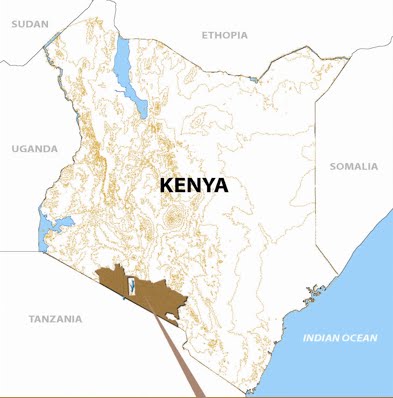November 10-12, Albuquerque, NM
“The carbon ranch: using food and stewardship to build soil and fight climate change”
Climate change is the most pressing issue confronting humanity. It is also a tremendous opportunity. Right now the only possibility of large scale removal of green house gases from the atmosphere is through plant photosynthesis and other land based carbon sequestration activities. Strategies include: enriching soil carbon, farming with perennials, employing climate-friendly livestock practices, conserving natural habitat, restoring degraded watersheds and rangelands, and producing local food. Over the past decade, many of these strategies have been demonstrated to be both practical and profitable. A carbon ranch bundles them into an economic whole with the aim of creating climate-friendly landscapes that are both healthy ecologically and the source of healthy food. In this conference we will explore this exciting new frontier and learn from carbon pioneers from around the world.
The carbon ranch model combines ecological and economic goals:
1. Progressive cattle management, over the past twenty years, a suite of innovative management methods have been developed worldwide that employ livestock as conservation agents, including noxious weed eradication, “herd effect” planned grazing strategies and low-stress livestock handling (collectively we call it” the new ranch”). Increased grass cover which leads to increased carbon sequestration.
2. Local Grassfed beef, animals raised on grass, processed nearby and consumed in a local community, have a small carbon footprint compared to commodity livestock production (there is some debate in the literature about the trade-off of “food miles” and increased methane production that results when cows eat grass). Grassfed beef is also viewed as healthier than feedlot beef (corn-based) by many researchers and members of the public.
3. Conservation practices that improve ecosystem function: much of the arid west exists in a degraded ecological condition. In recent years, a suite of restoration methodologies have been developed that improve ecosystem function, including; the riparian restoration strategies pioneered by bill zeedyk, water harvesting from improved rural roads and upland erosion mitigation. These (non-cattle) conservation practices improve land health and thus contribute to carbon sequestration.
The 9th annual conference aims to discuss and formulates ways in which “the carbon ranch” reduces its carbon footprint, enriches its soil, maintains a healthy carbon cycle, conserves natural habitat, restores degraded watersheds and provides climate-friendly co-benefits including Grassfed meat.
SORALO will be represented by john Kamanga in the conference and will make a presentation on “Carbon and Conservation for Pastoral Communities” For more information please see the abstract below.
Carbon and Conservation for Pastoral Communities
Abstract
John Kamanga, Lucy Waruingi, Deepali Gohil, Jeffrey Worden
The picturesque Savanna grasslands, commonly referred to as rangelands cover 65% of Kenya’s land surface, account for 60% of the country’s livestock production and 80% of its tourism revenues. It is also where widespread poverty occurs and is the most neglected region in national development schemes, thereby leading to the severe degradation of rangelands due to deforestation, unsustainable livestock management and poor agricultural practices, loss of productivity and resilience of the ecosystem and an increased vulnerability to drought and climate change.
The Southern Rift Valley region of Kenya, lying between Amboseli National Park to the East and Maasai Mara National Reserve to the West, ranks highly amongst Africa’s biodiversity hotspots. Stretching from the arid flats of Lake Natron to the forests of the Nguruman escarpment, it supports one of Africa’s richest concentrations of mammals and birds and is home to Maasai pastoralists whose traditional practices sustain a productive livestock economy and by extension biodiversity.
The South Rift Land Owners Association (SORALO) in collaboration with the African Conservation Centre (ACC) and other partners brings together communities to collectively manage their lands, and help restore the ecosystem services of the open rangelands in a sustainable manner through the use of natural resources and biodiversity conservation. The goal of ACC’s Carbon, Climate and Community program is to adapt to and mitigate against the effects of climate change by securing a sustainable future for pastoral communities and biodiversity in the rangelands of East Africa through the establishment of grass banks and conservation areas, grazing management schemes, improving cattle breeds, alternative livelihood development and payments for ecosystem services in particular for carbon storage and watershed management. Payments for Ecosystem Services, in particular carbon credits from REDD+ projects, plays a key role for the continuity and preservation of this pristinely conserved area that holds a vast amount of carbon stock and biodiversity. The resultant effect is the conservation of large landscapes, rich in biodiversity, holding vast stocks of carbon and the preservation of indigenous people and their practices.

OTHER EVENTS
The dutch officials will also be visiting the south rift this month pass by the almost ready resource centre.

The cattleman project is doing well and during the last month we have been blessed with more calves, 21 Cows were incalf and so far we have five calves one female and four male calves.



No comments:
Post a Comment